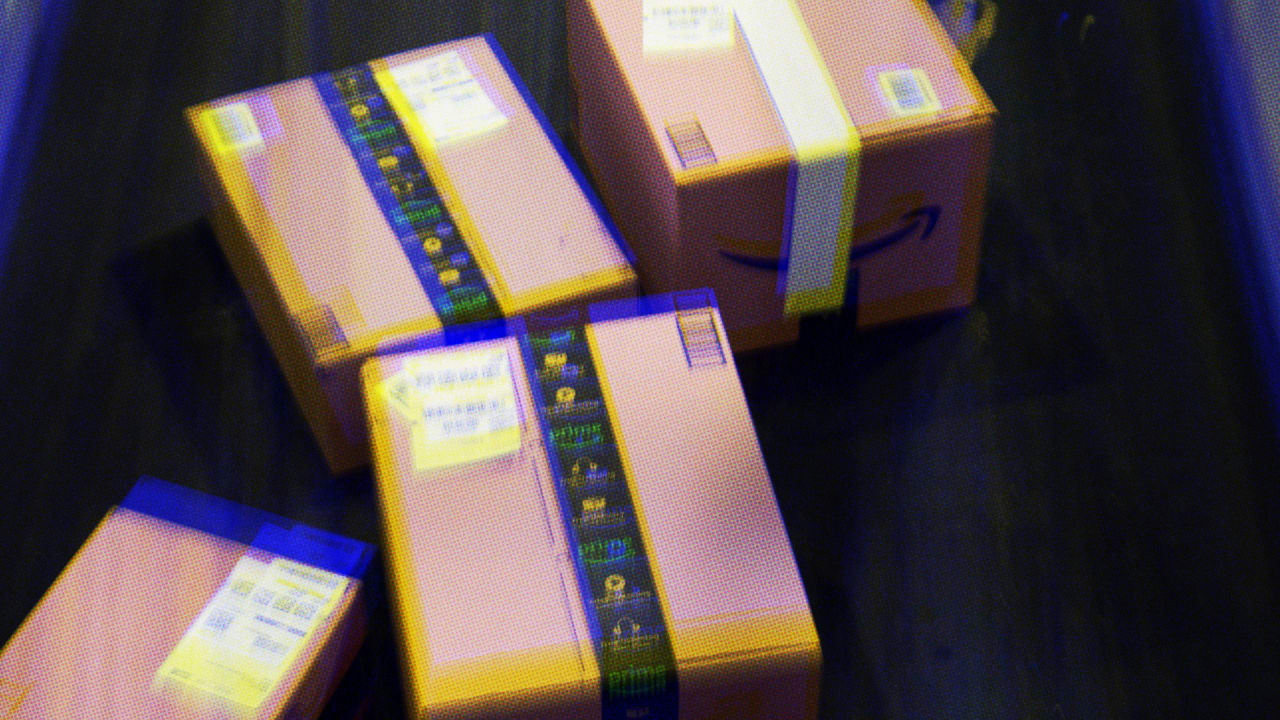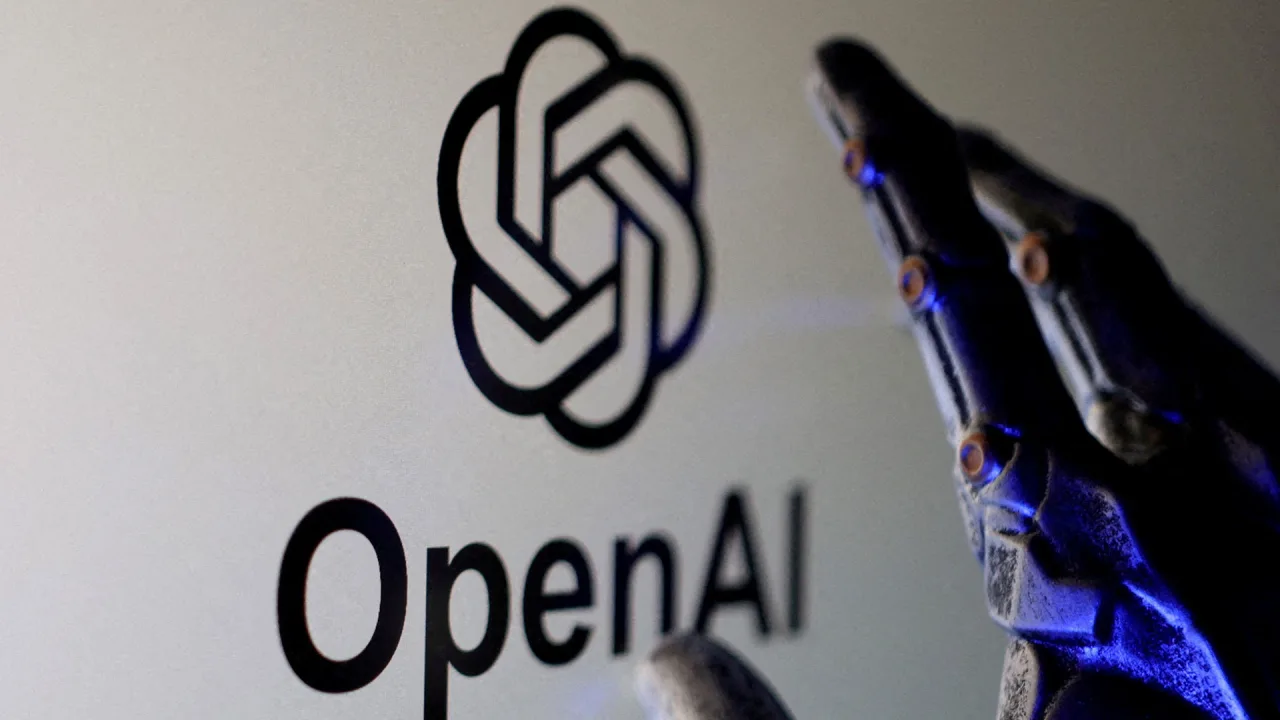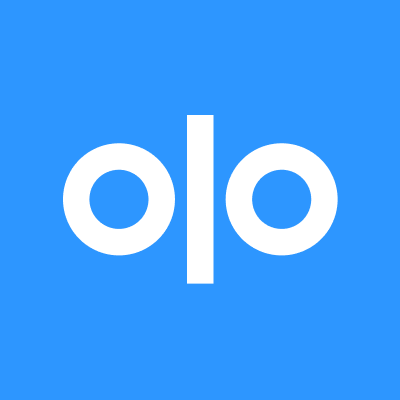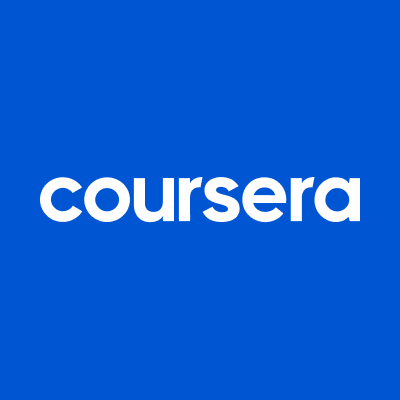Bringing Innovation to the Neurology Clinic: What’s Actually Working
The field of neurology has always posed unique challenges to clinicians and researchers alike. The intricacy of the brain, combined with the subtlety of neurological disorders, demands innovative approaches that blend cutting-edge technology with clinical acumen. In recent years, the pace of innovation entering neurology clinics has accelerated, fueled by advancements in neurology software and collaborative platforms such as Neuromatch. But with an influx of new tools and methods, what’s truly making a difference in modern clinical practice?
In this article, we’ll explore the innovations that are reshaping neurology clinics for the better—from improved diagnostics to patient care enhancements—and highlight how software platforms like Neuromatch are facilitating this progress.
The Driving Force Behind Innovation in Neurology Clinics
Neurology clinics have traditionally relied on a mix of eeg software exams, imaging, and electrophysiology to diagnose and manage neurological conditions. However, many disorders remain difficult to identify early or treat effectively. This gap has spurred the integration of new technologies that complement traditional methods:
- Advanced neurology software capable of processing complex datasets with speed and accuracy
- Machine learning algorithms that detect patterns invisible to human observers
- Remote monitoring and telemedicine tools to expand patient access and continuity of care
- Collaborative platforms that democratize expertise and research breakthroughs
Key Innovations Actually Making an Impact
- Enhanced Data Analysis through Neurology Software
Modern neurology software has revolutionized how clinics analyze brain imaging, EEG, and other neurophysiological data. Automated algorithms can detect anomalies and quantify disease markers more consistently than manual interpretation alone.
Platforms such as Neuromatch offer open-source neurology software tools enabling clinicians and researchers to process patient data rapidly and apply computational models to better understand brain networks. This precision aids in early and accurate diagnosis, especially in diseases like epilepsy, multiple sclerosis, and neurodegenerative conditions.
- Artificial Intelligence-Driven Diagnostics
With the growing volume of patient data generated in clinics, AI-powered diagnostic tools are gaining traction. These systems learn from thousands of cases to recognize subtle signs of disorders such as Parkinson’s disease, Alzheimer’s, and stroke risk factors much earlier than traditional methods.
Such AI tools help reduce errors, speed up neurology software, and inform personalized treatment plans. They augment—rather than replace—the expert judgment of neurologists.
- Tele-Neurology and Remote Patient Monitoring
The COVID-19 pandemic accelerated telemedicine adoption, and neurology clinics have benefited greatly. Remote consultations, coupled with wearable sensors that monitor vital neurological signs, allow clinicians to track disease progression without frequent office visits.
This innovation not only expands care to underserved areas but also provides real-time data that can trigger timely interventions, improving patient outcomes.
- Collaborative Research and Learning Platforms
Neuromatch stands out as an example of how digital collaboration accelerates innovation. By connecting neurologists, scientists, and students worldwide, it fosters sharing of neurology software tools, data sets, and educational resources.
This global network supports faster translation of research findings into clinical practice and cultivates a learning ecosystem critical for tackling complex neurological challenges.
What People Also Ask About Neurology Clinic Innovations
How is neurology software improving patient care?
Neurology software enables more accurate data interpretation, supports early diagnosis, and personalizes treatment using advanced algorithms and network analyses.
What role does Neuromatch play in neurology?
Neuromatch provides open-source tools and a collaborative community to advance computational neuroscience, facilitating research and clinical applications.
Are AI diagnostics reliable in neurology?
While still evolving, AI diagnostics have demonstrated high accuracy and efficiency in assisting neurologists with detecting diseases and improving treatment plans.
Can tele-neurology replace in-person visits?
Tele-neurology complements traditional care by providing remote monitoring and consultations, especially useful for chronic disease management and patients with mobility issues.
What innovations are most promising for neurology clinics?
Key promising innovations include AI-powered imaging analysis, wearable monitoring devices, collaborative research platforms, and integration of multi-modal data analytics.
Final Thoughts
Neurology clinics today stand at the intersection of tradition and technology. Innovations backed by advanced neurology software and supportive communities like Neuromatch are empowering clinicians to see and understand the brain in ways once only dreamed of. These tools are driving improvements in diagnosis, treatment, and patient engagement, making care more precise and accessible.
While challenges remain in fully integrating these technologies, the progress is undeniable. For patients and providers alike, the future holds promise as smarter tools continue to translate into better brain health outcomes. Embracing innovation thoughtfully is key to unlocking the next era of neurology care.

































































![https //g.co/recover for help [1-866-719-1006]](https://newsquo.com/uploads/images/202506/image_430x256_684949454da3e.jpg)






































































